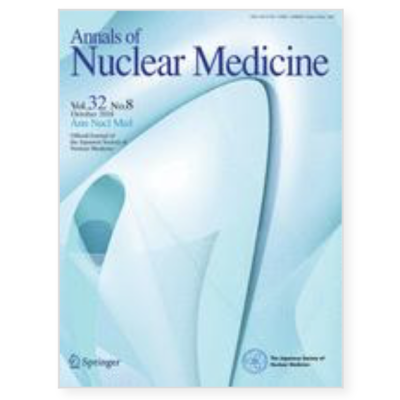Publication
Textural features and SUV-based variables assessed by dual time point 18F-FDG PET/CT in locally advanced breast cancer
A.M. García-Vicente, D. Molina, J. Pérez-Beteta, M. Amo-Salas, A. Martínez-González, G. Bueno, M.J. Tello-Galán, A. Soriano-Castrejón
Annals of Nuclear Medicine 31(10) 726-735 (2017)
MOLAB authors
Abstract
Aim To study the influence of dual time point 18F-FDG PET/CT in textural features and SUV-based variables and their relation among them.
Methods Fifty-six patients with locally advanced breast cancer (LABC) were prospectively included. All of them underwent a standard 18F-FDG PET/CT (PET-1) and a delayed acquisition (PET-2). After segmentation, SUV variables (SUVmax, SUVmean, and SUVpeak), metabolic tumor volume (MTV), and total lesion glycolysis (TLG) were obtained. Eighteen three-dimensional (3D) textural measures were computed including: run-length matrices (RLM) features, co-occurrence matrices (CM) features, and energies. Differences between all PET-derived variables obtained in PET-1 and PET-2 were studied.
Results Significant differences were found between the SUV-based parameters and MTV obtained in the dual time point PET/CT, with higher values of SUV-based variables and lower MTV in the PET-2 with respect to the PET-1. In relation with the textural parameters obtained in dual time point acquisition, significant differences were found for the short run emphasis, low gray-level run emphasis, short run high gray-level emphasis, run percentage, long run
emphasis, gray-level non-uniformity, homogeneity, and dissimilarity. Textural variables showed relations with MTV and TLG.
Conclusion Significant differences of textural features were found in dual time point 18F-FDG PET/CT. Thus, a dynamic behavior of metabolic characteristics should be expected, with higher heterogeneity in delayed PET acquisition compared with the standard PET. A greater heterogeneity was found in bigger tumors.















